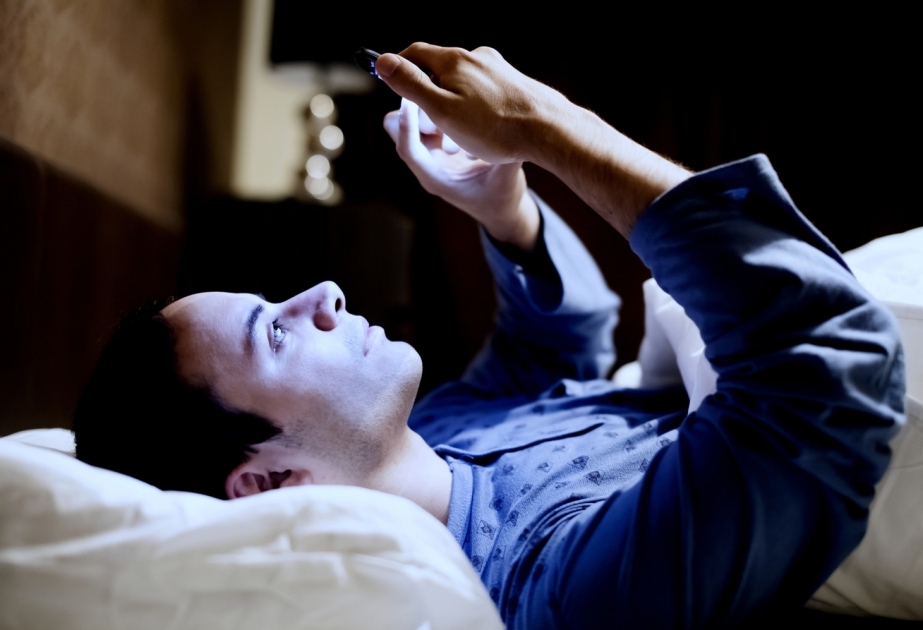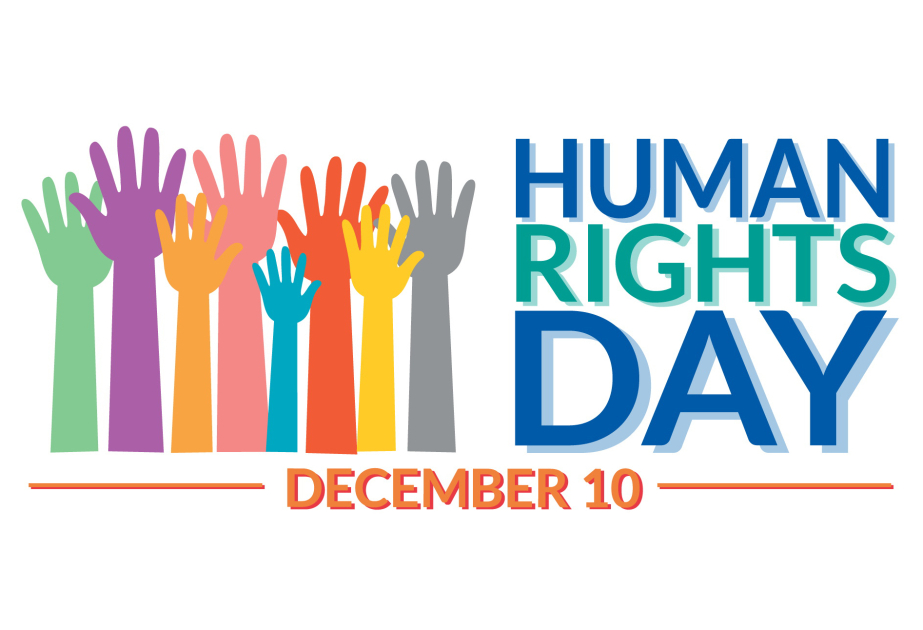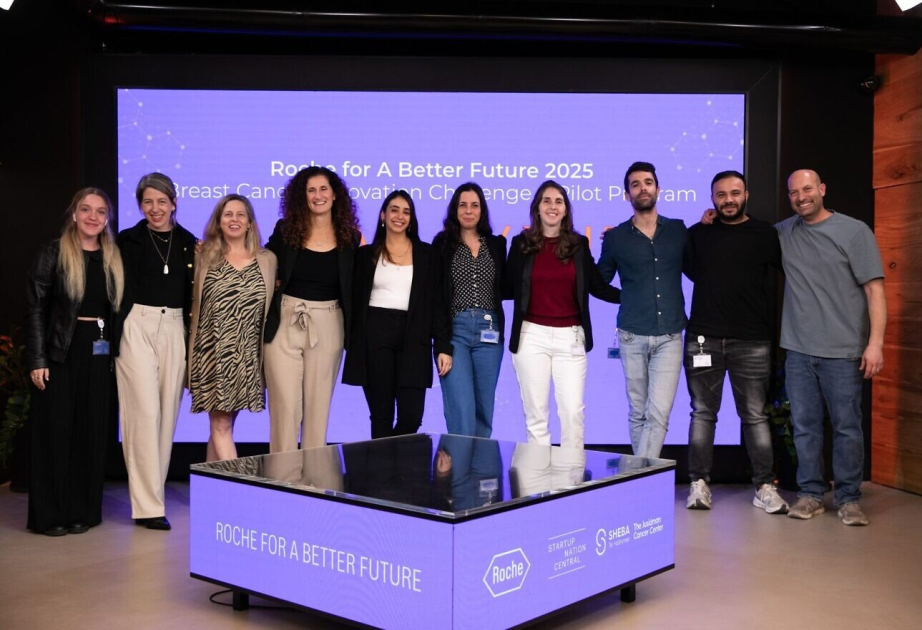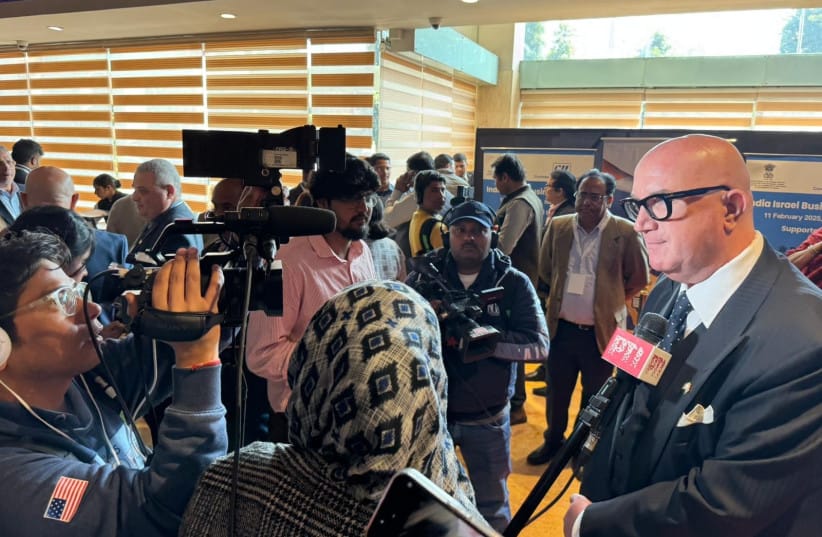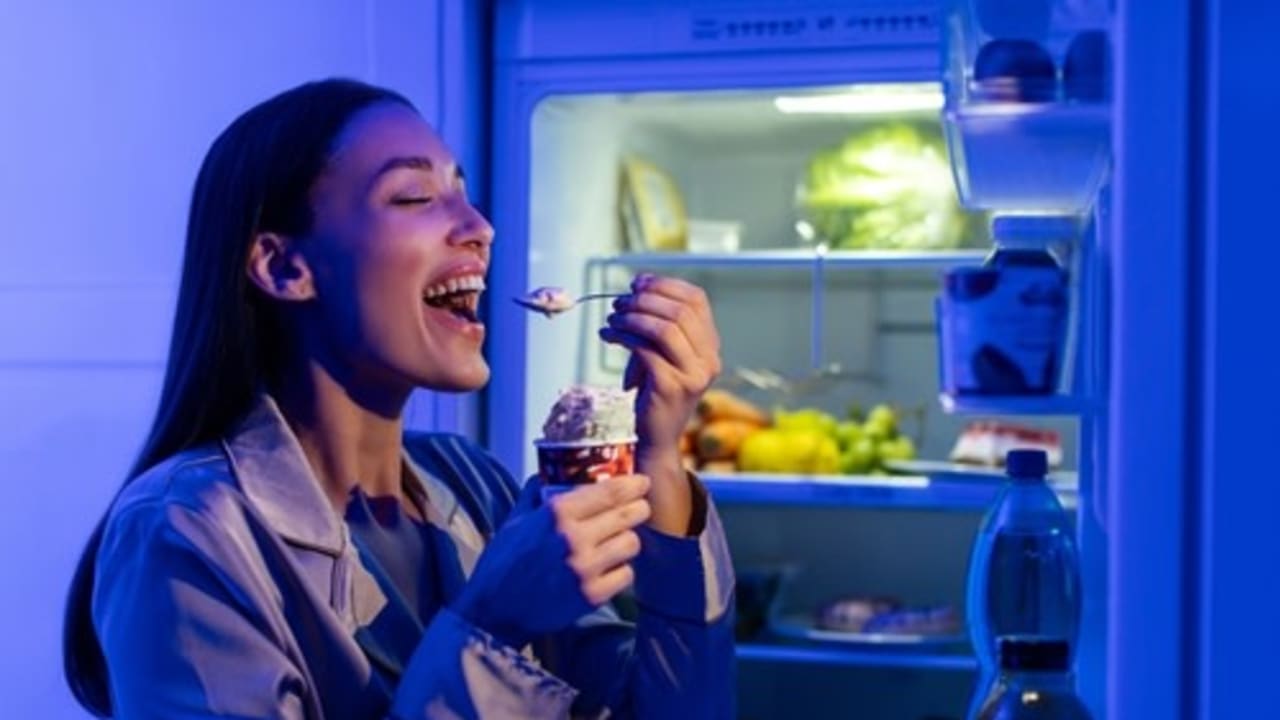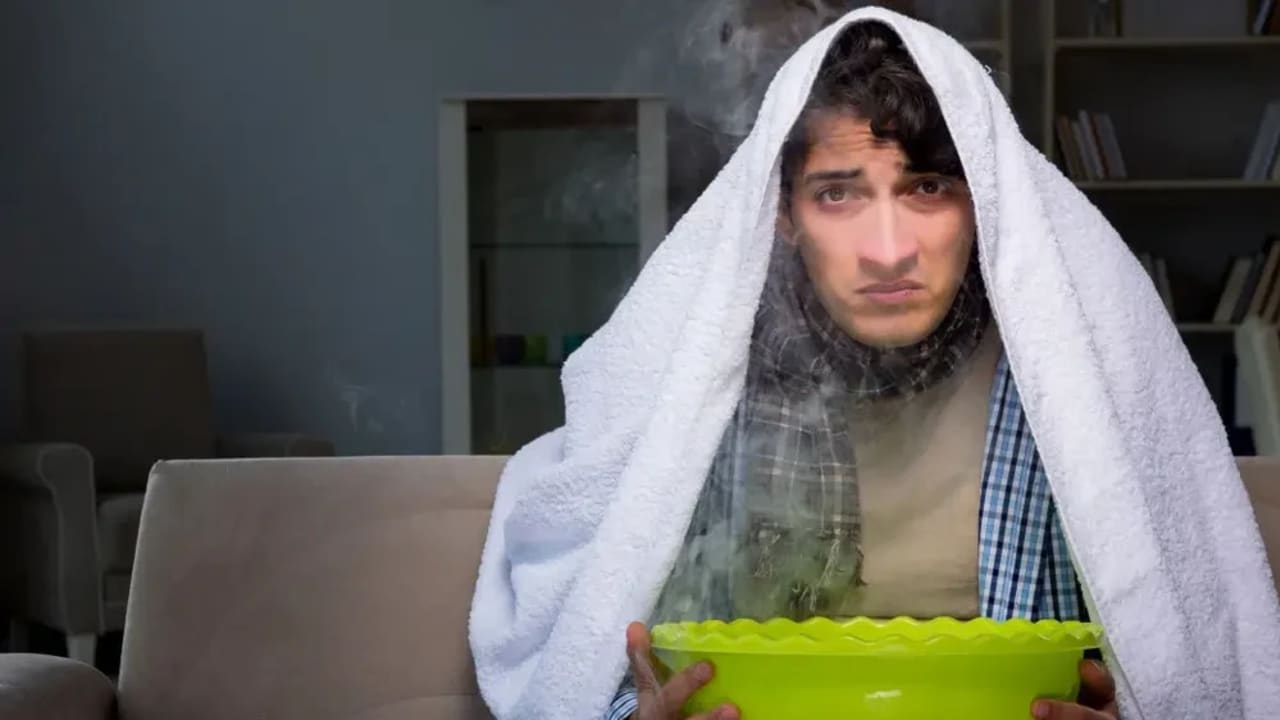Exposure to artificial light during nighttime is linked to a higher risk of developing psychiatric disorders such as anxiety, bipolar disorder, post-traumatic stress disorder (PTSD), and tendencies toward self-harm, according to SciTechDaily.
The world’s largest study on the effects of light exposure on mental health, involving nearly 87,000 individuals, has revealed that heightened exposure to nighttime light elevates the risk of psychiatric conditions like anxiety, bipolar disorder, and PTSD, as well as the likelihood of self-harm. Importantly, the study also discovered that enhanced exposure to natural light during the day could serve as a non-drug approach to reducing the risk of psychosis.
In those exposed to high amounts of light at night, the risk of depression increased by 30 percent – while those who were exposed to high amounts of light during the day reduced their risk of depression by 20 percent. Similar patterns of results were seen for self-harm behavior, psychosis, bipolar disorder, Generalised Anxiety Disorder, and PTSD. These findings indicate that the simple practice of avoiding light at night and seeking brighter light during the day could be an effective, non-pharmacological means of reducing serious mental health issues.
The study, led by Associate Professor Sean Cain, from the Monash School of Psychological Sciences and the Turner Institute for Brain and Mental Health in Melbourne, Australia, is published today in the journal, Nature Mental Health.
“Our findings will have a potentially huge societal impact,” said Associate Professor Cain.
“Once people understand that their light exposure patterns have a powerful influence on their mental health, they can take some simple steps to optimize their wellbeing. It’s about getting bright light in the day and darkness at night.”
The study’s 86,772 participants were all from the UK Biobank, and were examined for their exposure to light, sleep, physical activity, and mental health. Associate Professor Cain said the impact of night light exposure was also independent of demographic, physical activity, season and employment.
“And our findings were consistent when accounting for shiftwork, sleep, urban versus rural living, and cardio-metabolic health,” he said.
Humans in modern, industrialized times have literally turned our biological systems upside down. According to Associate Professor Cain, our brains evolved to work best with bright light in the day and then with almost no light at night.
“Humans today challenge this biology, spending around 90 percent of the day indoors under electric lighting which is too dim during the day and too bright at night compared to natural light and dark cycles. It is confusing our bodies and making us unwell,” he said.


